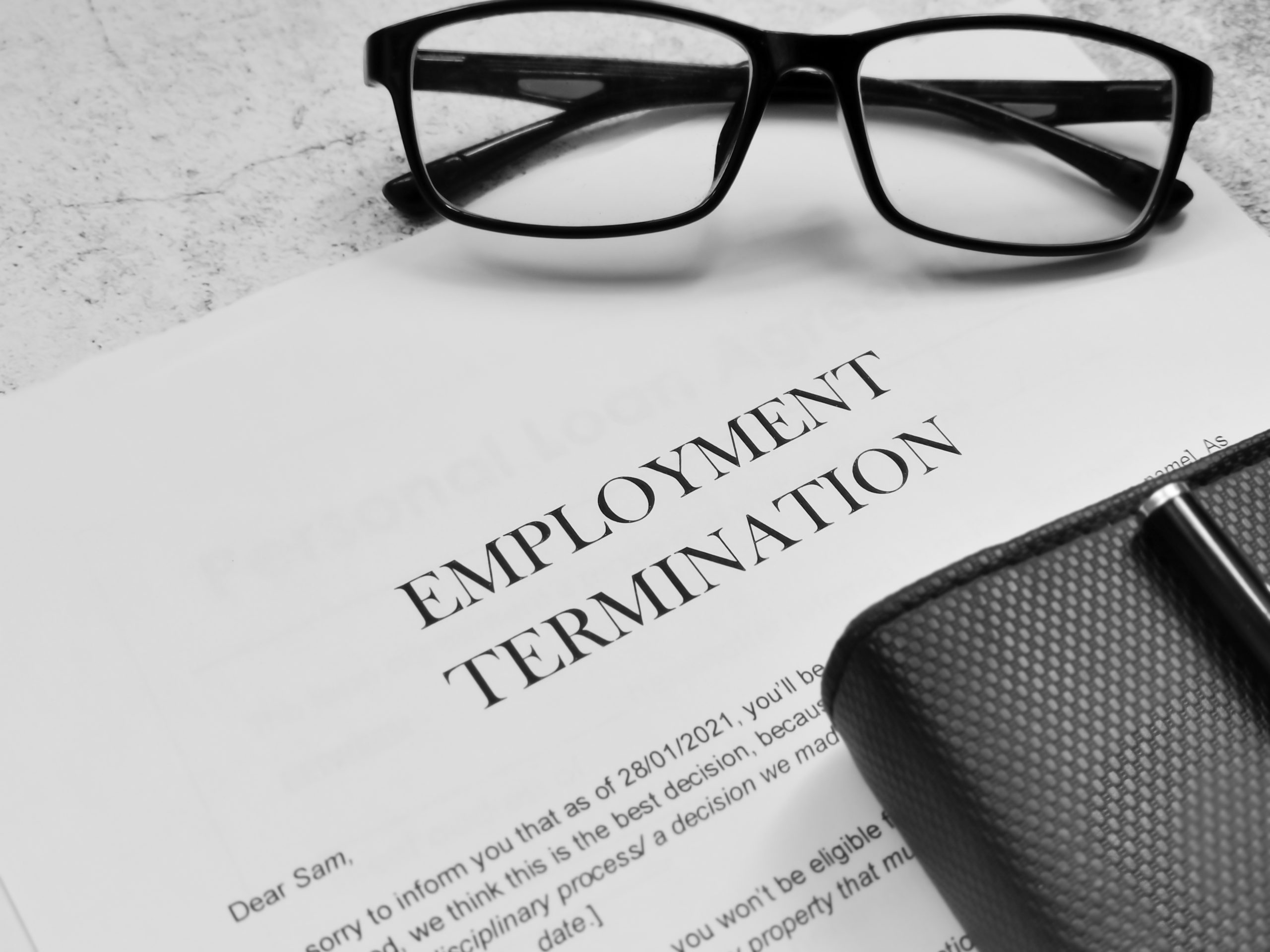Effectively managing sexual harassment in the workplace is essential for maintaining a respectful and safe environment for all employees. Failing to address harassment properly or mishandling these sensitive issues can lead to severe consequences, including claims from both victims and those accused. Such disputes can not only tarnish an organisation’s reputation but also result in significant financial penalties.
For instance, in 2022/23, the average award for discrimination claims rose to £37,607 (from £24,630 in 2021/22), while the average award for unfair dismissal was £11,914. These figures highlight the importance of proactive management in preventing such costly outcomes.
The following cases from 2024 shed light on the complexities of sexual harassment in the workplace and the various legal pitfalls that employers need to navigate carefully.
1. Sexual harassment after accepting or rejecting sexual advances
Overview: Under the Equality Act 2010, sexual harassment includes not only unwanted conduct of a sexual nature that has the purpose or effect of violating a person’s dignity or creating an intimidating, hostile, degrading, humiliating, or offensive environment, but also extends to situations where someone is treated less favourably because they either rejected or submitted to such conduct. The case of Merriman v Bugibba Independent serves as a reminder to employers that unlawful sexual harassment can occur in these wider circumstances.
Facts of the case: The Claimant, a doughnut decorator, alleged that a male colleague had given her a bear hug and touched her bottom at work. After she complained about this incident, the colleague in question made derogatory remarks about her, including calling her a pot washer and swearing at her. The employer sided with the male colleague and eventually dismissed the Claimant, prompting her to file a claim with the Employment Tribunal.
The decision: The Tribunal found that the Claimant had been sexually harassed. The ‘bear hug’ incident was clearly “unwanted conduct of a sexual nature which had the purpose or effect of violating the Claimant’s dignity or creating an intimidating, hostile, degrading, humiliating or offensive environment for her” – the Equality Act’s definition of sexual harassment. It found that the actions of the male colleague after the Claimant had rebuffed his advances were also sexual harassment, motivated by her rejecting him. The Claimant was awarded over £30,000 in compensation.
Takeaways for employers and HR: This case is a reminder that harassment is not limited to the initial unwanted sexual advances; any subsequent behaviour resulting from the acceptance or rejection of those advances can be considered harassment too. Employers must be alert to this when such issues arise at work and understand that they may be held vicariously liable for such actions of their employees.
2. The importance of addressing sexually-charged ‘banter’
Overview: Sexual harassment claims in the workplace often involve complex dynamics and environments that can contribute to inappropriate behaviour. The case of Bratt v JGQC Solicitors Limited highlights that sexual harassment may not stem from an isolated incident, but rather from a workplace culture where such conduct is tolerated by some employees but remains unwanted by others. This case serves as an important reminder to employers about the importance of maintaining a professional and respectful workplace environment, and that just because some people may find behaviours acceptable at work does not mean others will also.
Facts of the case: The Claimant, a junior legal secretary, faced a series of inappropriate incidents involving the firm’s owner. These included inappropriate text messages (“Hi sweetheart, see you in the morning xx”), graphic discussions about his personal life (such as a story about catching his ex-partner cheating in which he described finding a used condom on the floor), comments about her appearance, and the use of offensive language with sexual connotations. The Claimant raised a grievance but was accused by those conducting it of dressing inappropriately and flaunting herself on social media, with one member of the panel referring to her as a ‘Love Island reject’. She resigned after seven weeks and brought a claim of sexual harassment against the firm.
The decision: The Tribunal found in favour of the Claimant, concluding that the incidents she experienced met the legal threshold for sexual harassment. It rejected the firm’s argument that the behaviour constituted harmless office banter and highlighted that even comments made in a flippant or light-hearted manner could still be considered unwanted conduct of a sexual nature. The Tribunal also criticised the firm’s investigation into the Claimant’s grievance, noting the inappropriate comments made by staff in their testimonies, which supported her claims about the offensive work environment.
Takeaways for employers and HR: Employers must treat all allegations of sexual harassment seriously, regardless of whether the conduct is perceived as banter by some employees. This case underscores the importance of fostering a workplace culture that respects all employees and doesn’t tolerate inappropriate behaviour. Employers should implement robust policies and provide training to prevent harassment, and should conduct impartial and thorough investigations when complaints arise. It is crucial that employers and their workforce understand what constitutes sexual harassment: regardless of the intent behind actions or comments of a sexual nature, if they still create an intimidating, hostile, degrading, or offensive environment, they can still be considered sexual harassment.
3. Ensuring fairness in dismissal decisions involving sexual harassment
Overview: In the case of Sieberer v Apple Retail UK, the Claimant brought a claim of unfair dismissal after being dismissed for taking and sharing photos of a female colleague. This case highlights the importance of having clear and precise harassment policies in place, as well as conducting fair investigations and dismissals.
Facts of the case: The Claimant took two photos of a female colleague and shared them in a group chat with a colleague named Thomas and two others. The photos were accompanied by a message that read, “M**, you’re welcome Thomas”. Thomas responded with messages that included inappropriate remarks about the colleague, (“Look at bae there…so cute (blowing kisses emoji) working her ass off but still looking great” and “That’s my girl”). On a second occasion, the Claimant took a photo of the same female colleague and sent it directly to Thomas via WhatsApp. Although the Claimant later deleted the photo from his phone, Thomas showed it to another colleague, Hana, who reported the behaviour. An internal investigation found the Claimant’s actions to be sexual harassment, which ultimately lead to his dismissal.
The decision: The Claimant’s unfair dismissal claim was successful. The Judge ruled that the company’s harassment policy was too vague and lacked a clear definition of harassment. The Tribunal determined that there was no evidence that the photos had offended the colleague or created an intimidating environment. The Judge described the Claimant’s actions as “A stupid form of engagement with Thomas’ teenage-style crush” rather than serious misconduct, stating that sharing the photos with a small group was not grounds for dismissal. As such, the Tribunal concluded that Apple’s response to the Claimant’s behaviour was unreasonable, and his dismissal was deemed unfair.
Takeaways for employers and HR: This case highlights the critical need for clear and specific harassment policies that align with legal standards. Employers should ensure their policies clearly define harassment and are applied consistently. Training for those enforcing these policies is essential to avoid unfair dismissals. Vague or overly broad policies, combined with inadequate investigations, can lead to unjust outcomes and potential legal repercussions.
Final thoughts
With new statutory duties on employers to take reasonable steps to prevent harassment coming into force, and more media attention on issues such as sexual harassment, it’s essential for organisations to prioritise creating a discrimination-free workplace environment.
As a final practical point for HR professionals, based on our experience of delivering harassment training to managers and groups of employees, even the most disengaged employee tends to pay attention when you highlight that claims of sexual harassment can not only be pursued against an organisation, but also against individual alleged perpetrators. This can lead to financial implications for the employee if the claim is successful, as well as potential legal fees if they wish to take advice or have direct assistance in defending themselves against such a claim.
This, alongside the potential damage to personal relations with partners or friends should they become aware of such claims, can help encourage all employees to take training seriously and ultimately minimise the risk of sexual harassment in the workplace.





